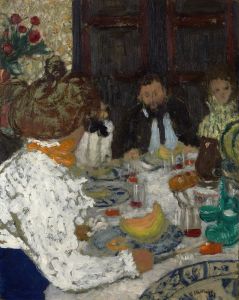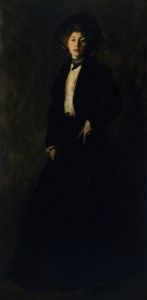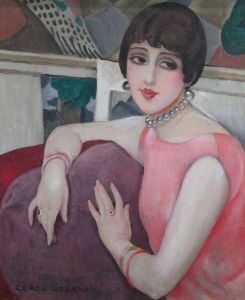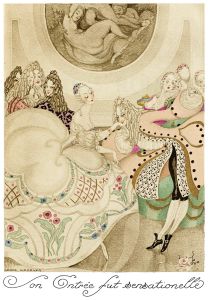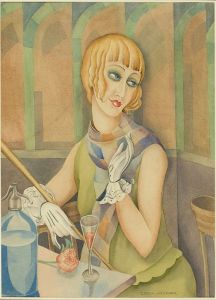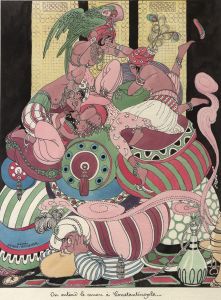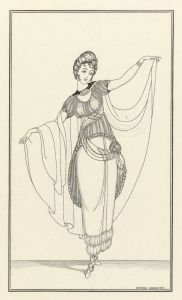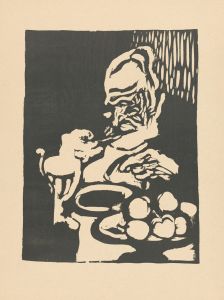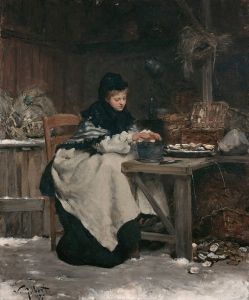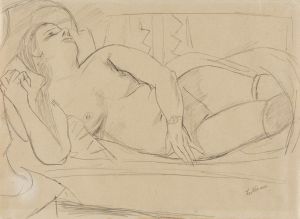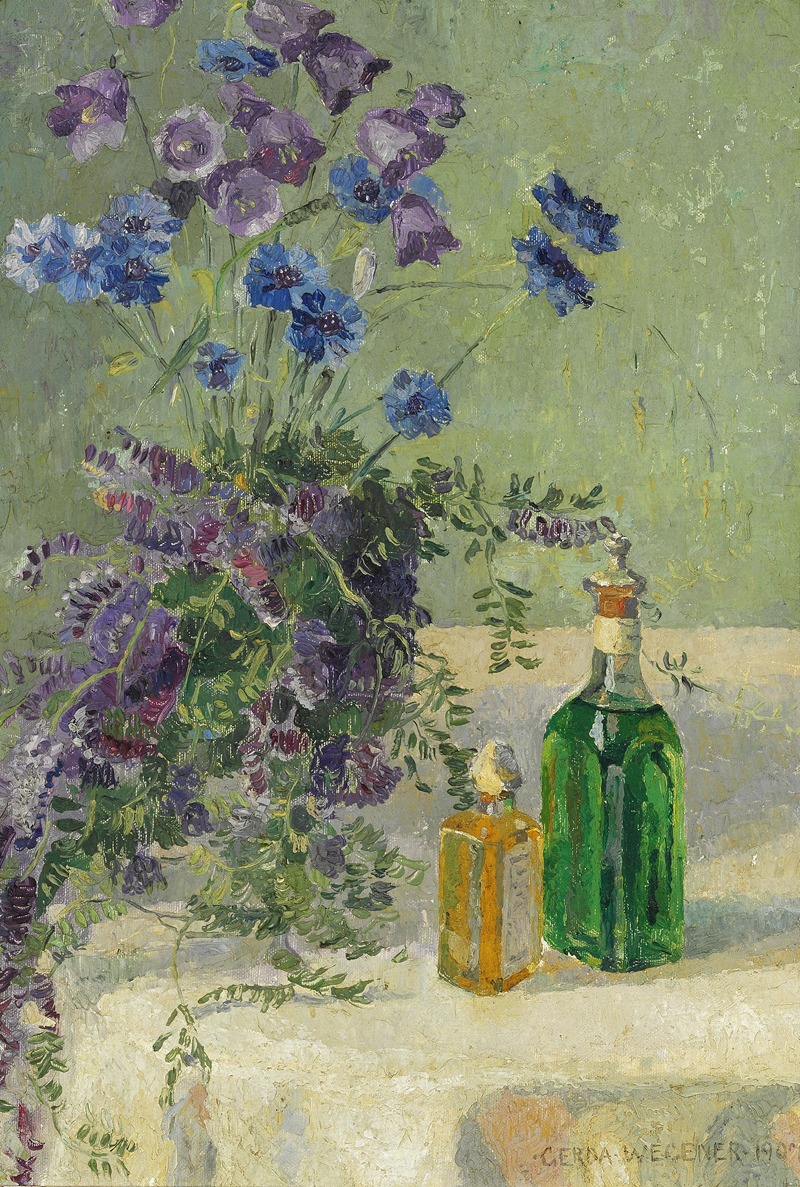
Still life with blue flowers and two bottles on a table
A hand-painted replica of Gerda Wegener’s masterpiece Still life with blue flowers and two bottles on a table, meticulously crafted by professional artists to capture the true essence of the original. Each piece is created with museum-quality canvas and rare mineral pigments, carefully painted by experienced artists with delicate brushstrokes and rich, layered colors to perfectly recreate the texture of the original artwork. Unlike machine-printed reproductions, this hand-painted version brings the painting to life, infused with the artist’s emotions and skill in every stroke. Whether for personal collection or home decoration, it instantly elevates the artistic atmosphere of any space.
Gerda Wegener was a Danish painter and illustrator, renowned for her vibrant and often provocative works that challenged the norms of her time. Born on March 15, 1886, in the small town of Hammelev, Denmark, Wegener moved to Copenhagen to study at the Royal Danish Academy of Fine Arts. Her career flourished in the early 20th century, particularly in Paris, where she became a celebrated figure in the art and fashion scenes.
"Still Life with Blue Flowers and Two Bottles on a Table" is one of Wegener's works that exemplifies her skill in still life painting, a genre that she occasionally explored alongside her more famous portraits and illustrations. This painting captures a serene and intimate domestic scene, focusing on the arrangement of blue flowers and two bottles placed on a table. The composition reflects Wegener's keen eye for detail and her ability to infuse everyday objects with a sense of elegance and beauty.
Wegener's style is characterized by its Art Deco influences, a movement that was gaining popularity during her time. Her use of bold colors, clean lines, and decorative elements is evident in this still life, where the blue flowers stand out vividly against the backdrop. The choice of blue flowers could be seen as a reflection of her interest in color theory and the emotional impact of colors, a common theme in her broader body of work.
The two bottles in the painting add a sense of balance and symmetry to the composition. Wegener's attention to light and shadow is apparent in the way she renders the glass surfaces, creating a realistic yet stylized depiction that draws the viewer's eye. This attention to detail is a hallmark of her work, showcasing her technical proficiency and artistic vision.
Throughout her career, Wegener often collaborated with her spouse, Lili Elbe, who was one of the first known recipients of gender confirmation surgery. Their relationship and Elbe's transition were subjects of significant interest and have been depicted in various forms of media, including the film "The Danish Girl." While "Still Life with Blue Flowers and Two Bottles on a Table" does not directly relate to this aspect of her life, it provides insight into Wegener's artistic range and her ability to capture the beauty of the mundane.
Wegener's work fell into obscurity for several decades, but she has since been rediscovered and celebrated for her contributions to art and her role in challenging gender norms. Her paintings, including this still life, are now appreciated for their aesthetic qualities and historical significance.
In summary, "Still Life with Blue Flowers and Two Bottles on a Table" is a testament to Gerda Wegener's artistic talent and her ability to transform simple subjects into captivating works of art. Through her use of color, composition, and attention to detail, Wegener created a piece that continues to resonate with audiences today, reflecting the timeless appeal of her artistic vision.





